BENTLY 125760-01 frequency module
¥5,664.00
🔔Module Number: 125760-01
⚠️Product status: Discontinued
🏚️Delivery time: In stock
🆕Product status: 100% new
🌍Sales country: All over the world
🥇Product situation: one year warranty
📮Contact me: Sauldcsplc@gmail.com
💬Wechat/Whatsapp :+86 13822101417
☀️Have a good day! Thanks for watching my website!
Description
BENTLY 125760-01 With the rapid development of wireless communication, the combination of wireless networks and RFID technology for indoor positioning has attracted increasing attention. People’s demand for the location of items and personnel is becoming increasingly strong. Outdoor positioning, such as the well-known GPS positioning, has achieved a level of satisfaction for many people. However, once indoors, due to the obstruction of buildings and multipath effects, the effectiveness of GPS positioning indoors is greatly reduced. Therefore, research on indoor positioning has become a focus of subsequent positioning research. When it is necessary to locate personnel and items in a company, the scope is large. The distance of traditional label localization has limitations, which limits its widespread application. So Yi proposed the combination of RFID technology and wireless networks to expand its positioning range.

BENTLY 125760-01 Wireless WiFi has a high data transfer speed in a free 2.4GHz frequency band. So we choose location tags based on WiFi network communication. WiFi networks have the following advantages: WiFi operates in the 2.4GHz frequency band and is in the free frequency band, which does not require additional fees for users; The transmission distance of WiFi can reach 100m, covering the entire building; The transmission rate of WiFi is very high, reaching 54 Mbps. The accuracy of positioning is not only affected by the choice of positioning technology, but also by the choice of positioning algorithm. The common indoor positioning algorithms can be divided into two categories: distance based positioning algorithms and distance independent algorithms. The algorithm based on distance measurement technology generally calculates the position of unknown nodes based on the distance or angle between nodes. Common applications in practice include: received signal strength indication algorithm (RSSI), arrival angle algorithm (AOA), time of arrival algorithm (TOA), etc. Distance independent algorithms include centroid method, APIT algorithm, convex programming algorithm, etc. These algorithms utilize the proximity relationship between nodes to achieve localization.

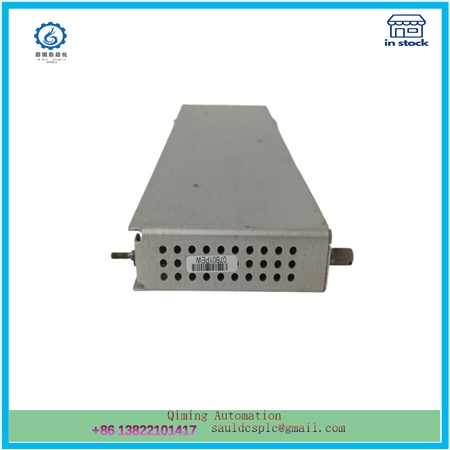
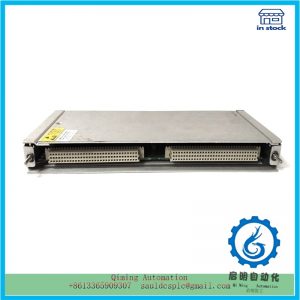
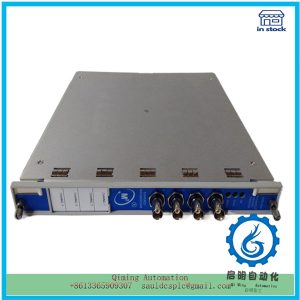
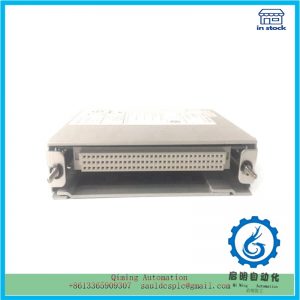
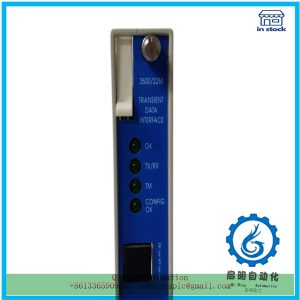
Reviews
There are no reviews yet.